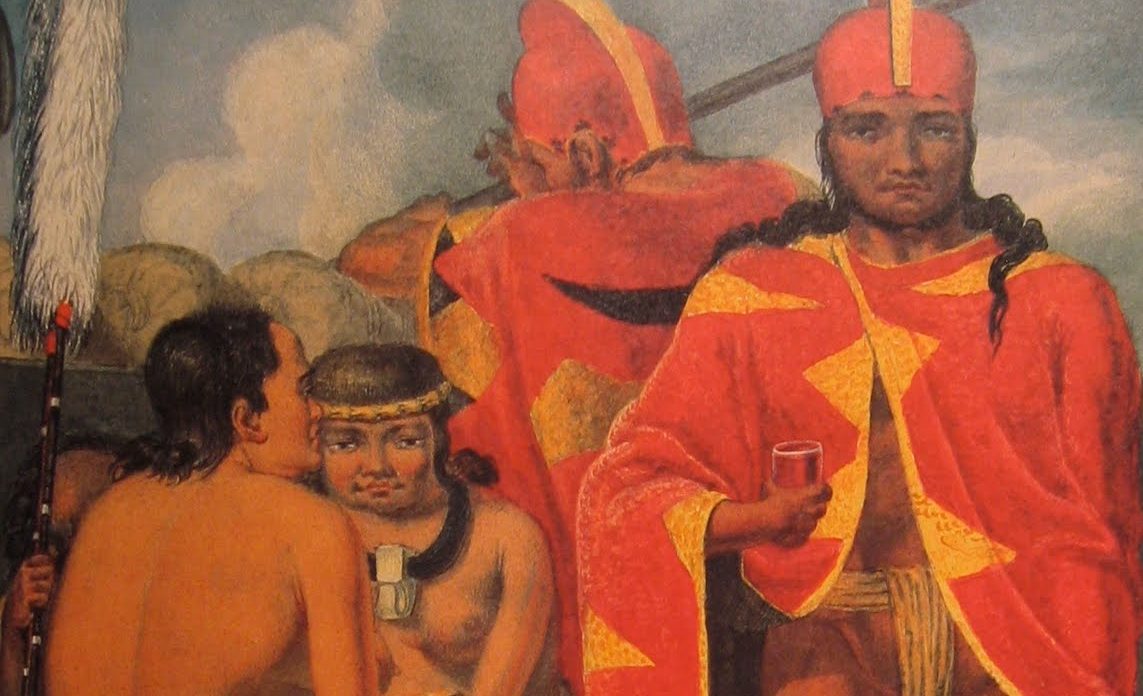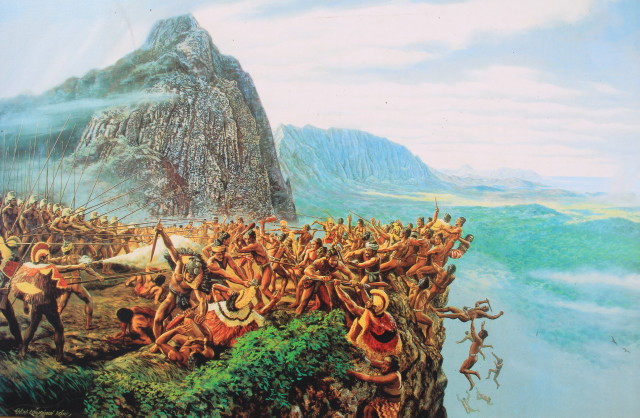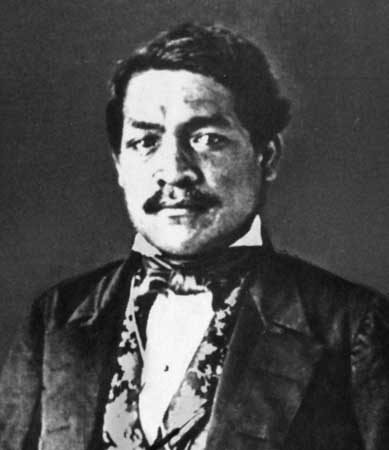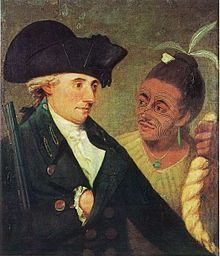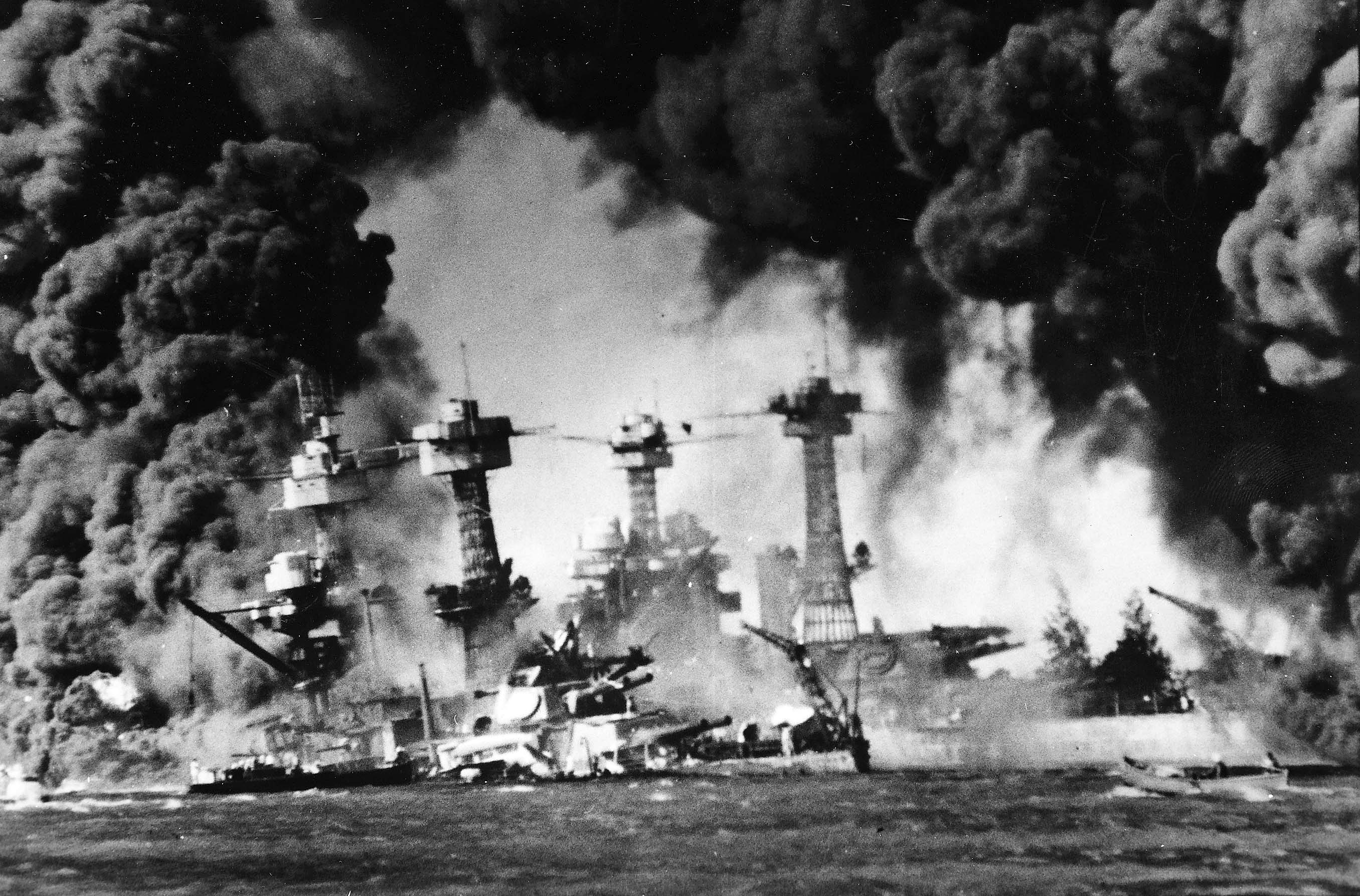The Kingdom of Oʻahu was once ruled by the most ancient ali’i (rulers) in all of the Hawaiian Islands. The first great king of Oʻahu was Mailikukahi, the lawmaker, who was followed by many generation of monarchs. Kualiʻi was the first of the “warlike” kings and so were his sons. In 1773, the throne fell upon Kahahana, the son of Elani of Ewa. In 1783, Kahekili II (King of Maui), conquered Oʻahu and deposed the reigning family and then made his son, Kalanikupule, king of Oʻahu. Kamehameha would conquer Kalanikupule’s forces later on in the Battle of Nu’uanu, which led to Kamehameha founding the Kingdom of Hawai’i with the conquest of Oʻahu in 1795. Hawaiʻi, however, would not be unified until the islands of Kaua’i and Ni’ihau surrendered under King Kaumualii in 1810. Kamehameha III moved his capital from Lahaina, Maui to Honolulu, Oʻahu in 1845. ‘Iolani Palace, built later by other members of the royal family, is still standing today and is the only royal palace on American soil.
Oʻahu was apparently the first of the Hawaiian Islands sighted by the crew of HMS Resolution on January 19, 1776 during Captain James Cook’s third Pacific expedition. The expedition was surprised to find high islands this far north in the central Pacific. Oʻahu was not actually visited by Europeans until February 28, 1779 when Captain Charles Clerke stepped ashore at Waimea Bay. Clerke had taken command of the ship after James Cook’s death at Kealakekua Bay on February 14, and was leaving the islands for the North Pacific.
One of the most significant events in US history occured here when the Japanese attacked Pearl Harbor on the morning of December 7, 1941, which brought the United States into WWII.

